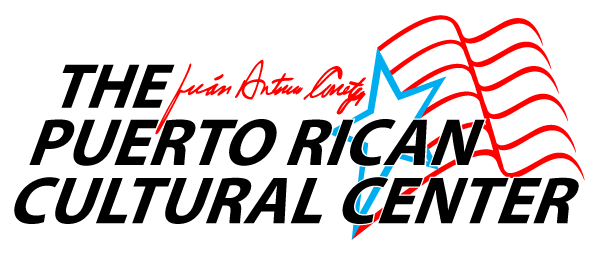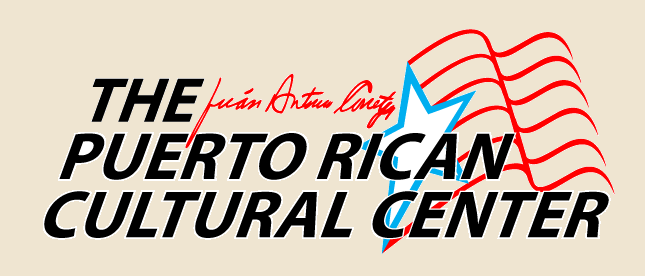By Brenda Torres Figueroa
Bomba is the oldest musical genre from Puerto Rico existing today; having its origins in the plantations of the Island where Africans were brought into slavery. As documented, slaves constructed drums using barrels and other discarded materials and rejoiced around them on their day off. These gatherings, as said, were used by slaves to communicate with other plantations and plan uprisings and escapes before slavery was abolished in 1873. This tradition, that has been four hundred years in the making, speaks of ongoing struggles, resistance and aim for freedom that still define our culture, politics and identity. Bomba is not only African, bomba emerges from our “identidad criolla”, rooted in the spiritual and political transformation of our people and our culture as a mixture of Europeans, African and the natives Tainos.
Bomba elements include percussion instruments, dancing, singing and story telling. The drums used in bomba are known as “Barriles”; with them, different rhythms are produced accompanied by a maraca, the cua, the singers and the dancer. Technically, Bomba like many traditional African dances, consists of a communication between the dancer and the “subidor”, echoed by a sustained rhythm played by the “buleadores” (remaining drummers). Practitioners and enthusiasts of Bomba have no particular age, color, religion, education and socio-economical background. Bom- ba has been able to connect us with a deeper understanding of our heritage and its power of liberation, unification and preservation of community all of which preserve our culture, particularly here in our very own Paseo Boricua.
El que no tiene de dinga, tiene de mandinga”… refers to a Puerto Rican saying that we are all connected through a rich African tapestry. In year 2000, Tito Rodriguez founded in Humboldt Park, AfriCaribe, a non-profit organization that offers Bomba dancing and percussion classes. Classes at the Academy prepare students to perform rhythms of Bomba that includes sica, yuba, cuembe, holande and seis corrido. Learning bomba is not limited to performing a solo dance at the Batey, but it helps build fluency through developing movement, timing and control, it also helps develop an improvisational character that can relates to the dancer’s personal story and emotions and a connection with the community and space we share.
The traditional bomba dance (Bombazos) has also been featured in Paseo Boricua as an example of the consistent dedication to this particular genre that has also nurtured the creation of groups like AfriCaribe Performing Ensemble, Cocobale, Inaru, Bompleneras, Nuestro Tambo, Grupo Buya among many others. It’s also nurtured cultural centers such as Segundo Ruiz Belvis dedicated to preserving this rich tradition in the Chicago area. Classes at AfriCaribe will begin on Saturday, April 26, 2014. For a complete schedule and information of registration and performances, find AfriCaribe on Facebook or call 773. 879.2123.







